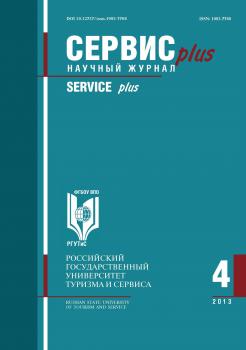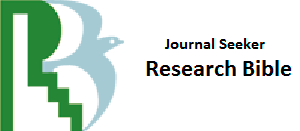Moscow, Russian Federation
Norway
The article presents the analysis of the redevelopment of industrial areas in Russian cities in the context of the possibilities for appearing the new secondary (and the primary ones in the future) attractions. It appears that domestic urbanists, and town planners, and tourism researchers do not pay enough attention to the industrial renovation as the source of tourist potential and appeal. The Central aim of the article is identification and justification of those factors that have the greatest importance from the point of view of renovating projects’ success, regeneration and revitalization of industrial zones. The process of the emergence of new public spaces in the form of art-clusters began in Russia in the middle of the first decade of the 2000s, and today it has got some experience of successful transformations in a number of cities, most vivid and important example of which is "Red October" [«Krasnyi Oktyabr'»]. The authors focus not just on consideration of domestic experience but on the importance of other factors such as consideration of international experience (and primarily the experience of Eastern Europe), the use of consulting (especially in urban development and marketing of destinations), increased attention to aspects of tourism and tourist perception in urban projects of redevelopment and renovation, expansion of incentives for redevelopment (including through the instruments of state-private and municipal-private partnership), the need to ensure the balance of all sectors which are responsible for the transformation of urban industrial areas. It is expected that a more complete accounting of the success factors of the initiation and implementation of industrial redevelopment will increase their stress resistance, including profitability, which is especially important in conditions of General economic stagnation and the gradual satiation (and in some segments even glut) of the commercial real estate market.
art cluster, cluster, redevelopment, renovation, public and private partnership, attraction, public space, creative space, creative industries, urban environment, revitalization, industrial areas, secondary attraction
1. Anzorova S.P., Fedochukova S.G. Razrabotka effektivnogo mehanizma gosudarstvenno-chastnogo partnerstva v turistskoy otrasli / Industriya turizma: vozmozhnosti, prioritety, problemy i perspektivy. 2016. T. 8. № 2. S. 150-156.
2. Antonova A.A. Sovremennye formy kul'turnyh prostranstv v gorodskoy srede, prichiny i vozmozhnosti dlya ih vozniknoveniya // Sovremennye problemy regional'nogo razvitiya. Tezisy VI Mezhdunarodnoy nauchnoy konferencii. Pod red. E.Ya. Frismana. Birobidzhan, 4-6 oktyabrya 2016 g. S. 504-507.
3. Boldueva M.S., Ivanova A.P. Transformiruemye obschestvennye mikroprostranstva // Arhitektura i dizayn: istoriya, teoriya, innovacii. 2016. № 1. S. 139-142.
4. Demidov A.A., Komarova I.I. Kreativnye klastery dlya Peterburga // Sovremennye proizvoditel'nye sily. 2014. № 4. S. 124-159.
5. F'eraru V.A. Transformaciya gorodskogo prostranstva: kreativnye klastery kak novyy instrument povysheniya turisticheskoy privlekatel'nosti Sankt-Peterburga / Izvestiya Sankt-Peterburgskogo gosudarstvennogo ekonomicheskogo universiteta. 2016. № 4. S. 184-186.
6. Artal-Tur A., Romanova G., Del Mar Vazquez-Mendez M., Vapnyarskaya O., Kharitonova T., Ilkevich S., Sakharchuk E., Allen D., Roden S., Sharafanova E., Pecheritsa E., Pulido-Fernandez Ju.I., Ward-Perkins D., Krukova O., Vetitnev A., Keup M., Belosluttseva L., Garcia Sanchez A., Fedulin A. Tourism in Russia: a Management Handbook. Bingley, 2015.
7. Caldito L.A., Dimanche F., Fedulin A., Vetitnev A., Apukhtin A., Kruzhkov D., Mazina A., Kurbanov E., Pecheritsa E., Sakharchuk E., Sharafanova E., Romanova G., Alexanyanc G., Tatarskikh Iu., Belosluttseva L., Smit N., Kryukova O., Vapnyarskaya O., Ilkevich S., Kharitonova T. et al. Cultural tourism in Russia. TEMPUS Project "NETOUR: Network for Excellence in Tourism through Organization and Universities in Russia" / Project Co-funded by the European Union. Spain, 2015.
8. Strömberg, P. (2017) “Meat and Creativity. Adaptive Reuse of Slaughterhouses & Meatpacking Districts”. Nordic Journal of Architectural Research. Submitted in 2016: not yet published but in a peer-review process.
9. Żabińska, Teresa. TURYSTYKA KREATYWNA. KONCEPCJA I MOŻLIWOŚCI ROZWOJU W POLSCE. Research Papers of the Wroclaw University of Economics / Prace Naukowe Uniwersytetu Ekonomicznego we Wroclawiu. 2012. Issue 258. Pp. 260-270.

















